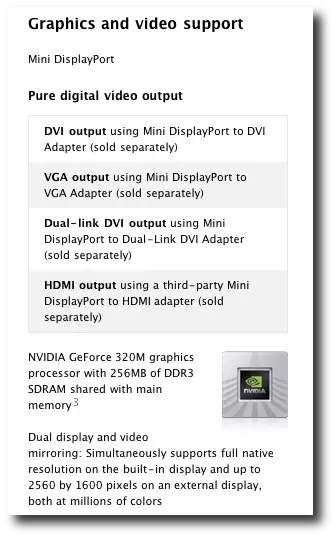

#MACBOOK AIR EXTERNAL MONITOR PRO#
It’s conceivable that this advancement might utilize an enhanced version of the new Standby feature found in iOS 17, which morphs a horizontally-charging iPhone into a home hub complete with full-screen widgets. Apple today unveiled new MacBook Air and 13-inch MacBook Pro models powered by its new M2 chip, and tech specs on Apples website confirm that. if the laptop’s screen is broken, you can still use the computer connected to an external display. The concept of employing an iOS device chip to boost independent smart attributes when a monitor isn’t in use represents an evolutionary leap for the company. Connect the MacBook to a dock and use an external screen. Apple’s current 27-inch Studio Display carries a dedicated A13 chip, which although limited, still handles camera and speaker features like Center Stage and Spatial Audio when the display is operational.

If Gurman’s assertion holds true, it won’t mark the first instance of Apple leveraging its silicon prowess in an external display. Some are likely successors to the celebrated Studio Display and Pro Display XDR, but one holds the intriguing promise of incorporating smart standby features powered by an onboard iOS chip. In his coverage, Gurman mentions that Apple is making strides on numerous new monitor proposals. Integration with macOS lets you control your displays volume and brightness without the need for physical buttons on the display. This information was unveiled in the exclusive version of Gurman’s latest Power On newsletter. If you have an intel i5 version macbook air, then you need a special cable called Display port to HDMI. The 23.7-inch LG UltraFine 4K Display features a 3840 x 2160 resolution, a P3 wide color gamut, 500 nits of brightness, and built-in stereo speakers. If you're using a MacBook with USB-C ports, you'll need a USB-C VGA Multiport Adapter for VGA displays or a USB-C Digital AV Multiport Adapter for HDMI displays.Apple is reportedly developing an innovative external monitor for Macs, designed to double as a smart home display when idle, as shared by esteemed Bloomberg reporter Mark Gurman.These include a MiniDisplay-to-DVI, and MiniDisplay-to-VGA adapters, as well as HDMI-to-DVI adapters. If the monitor you are using does not have an HDMI or Mini DisplayPort, you can purchase an adapter from Apple or another electronics retailer.You can also purchase a Mini DisplayPort adapter to connect an HDMI cable directly to a Mini DisplayPort. Mini DisplayPort cables have a Mini DisplayPort plug on one end, and an HDMI port on the other end of the cable.If need be, measure the distance between the devices. Make sure you get a cable that is long enough to connect your MacBook and your monitor.In display settings you can change display resolution, choose a refresh rate, arrange your displays, and more. You may need to buy a USB-C display cable if your monitor didn't come with one. Configure display settings From the Apple menu in the corner of the screen, choose System Settings (or System Preferences), then click Displays. Once you have determined what type of video out your MacBook uses, you'll need to purchase either an HDMI cable or Mini DisplayPort cable, depending on the port on your MacBook.


 0 kommentar(er)
0 kommentar(er)
